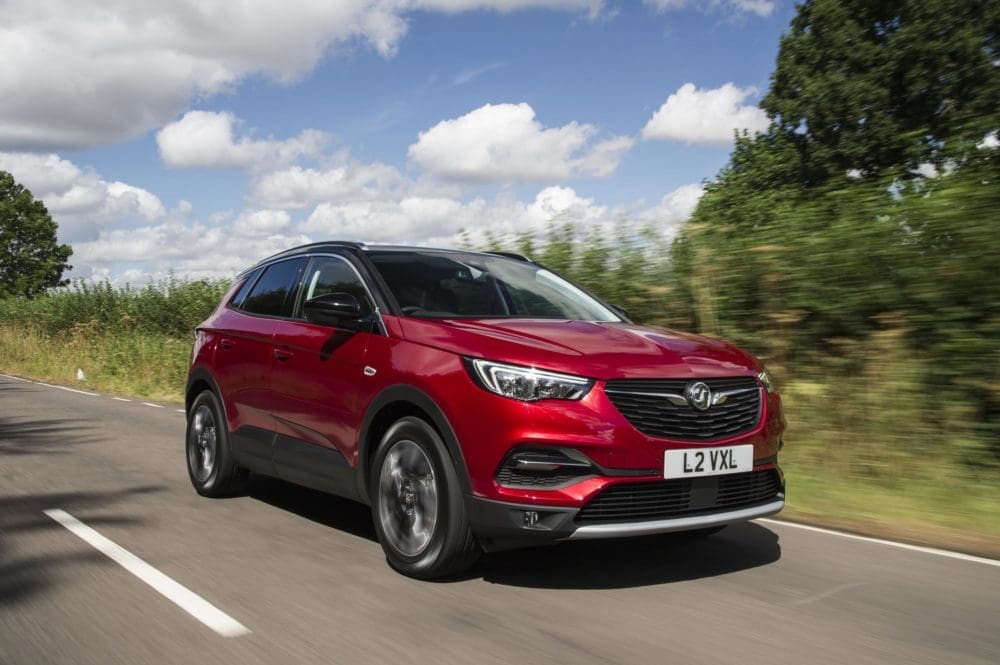



“We have been working for several years already to prepare our model portfolio for the WLTP milestone, always under the guiding principle that we do not want any disruption for our customers. The result is that the introduction of WLTP on 1 September is almost a non-event for our stakeholders: the same cars are ready to order and ready for delivery, and this is 100 percent of our portfolio. This state-of-the-art offer puts Vauxhall at the forefront of our industry,” said Stephen Norman, Vauxhall Managing Director.
Vauxhall began publishing WLTP fuel consumption figures in June 2016 with the current-generation Astra. Such data was also measured and published for the introduction of the current Vauxhall Mokka X models. Vauxhall went a step further with the second generation of Insignia, type-approving the Insignia 2.0 BiTurbo Diesel according to the WLTP test procedure in the middle of 2017 – one year before the new rules take effect.
For WLTP, all Vauxhall passenger cars have been fitted with technologies such as Selective Catalytic Reduction (SCR) systems for diesel cars and Gasoline Particulate Filters (GPF) for direct injection petrol units.
Like the New European Driving Cycle (NEDC), the WLTP is a laboratory test, but while the NEDC determines values based on a theoretical driving profile, the WLTP uses “real” driving profiles drawn from a global statistical survey. The WLTP driving cycle is divided into four parts with different average speeds: low, medium, high and extra high. Each part contains a variety of driving phases, stops, acceleration and braking. Each engine/gearbox combination of a certain vehicle type is tested with the most economical as well as the most fuel-intensive vehicle equipment. While NEDC values are only valid for Europe, the data obtained with the WLTP cycle is comparable worldwide.
© Motorworld Media 2023
Registered Office: 4 Capricorn Centre, Cranes Farm Road, Basildon, Essex. SS14 3JJ
Company Number: 8818356
Website designed by Steve Dawson